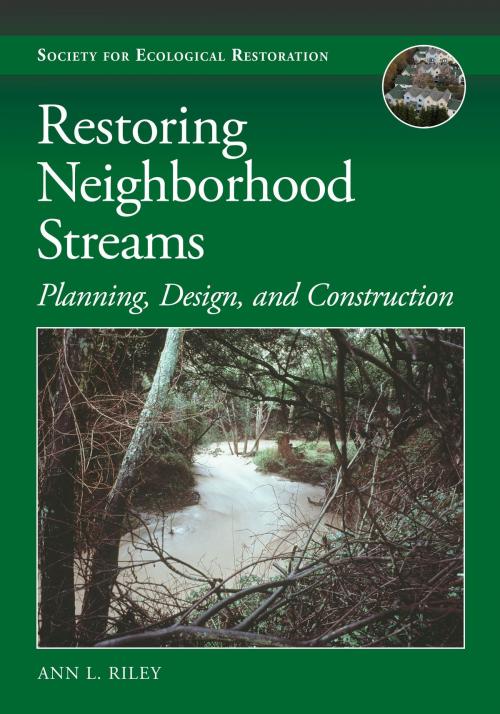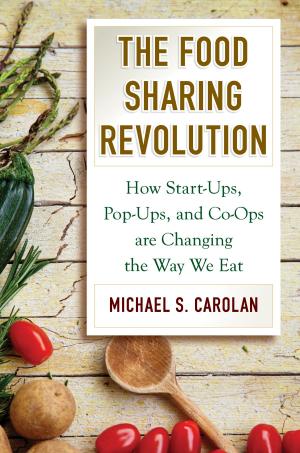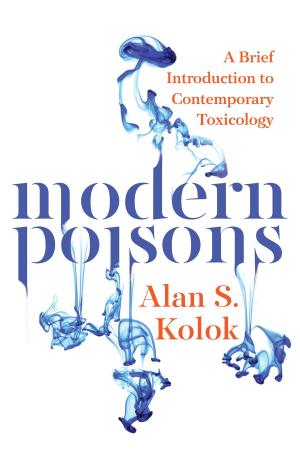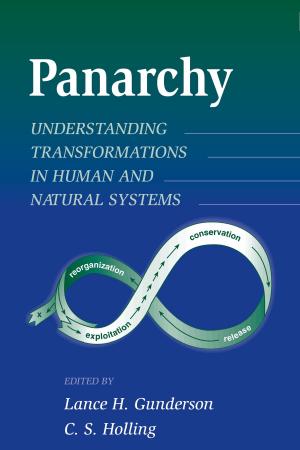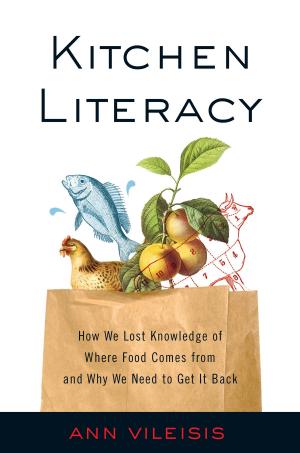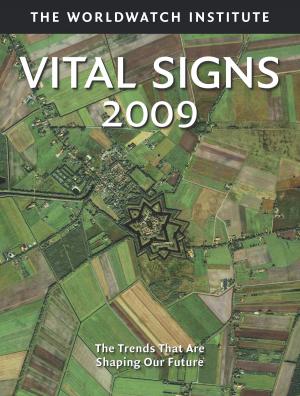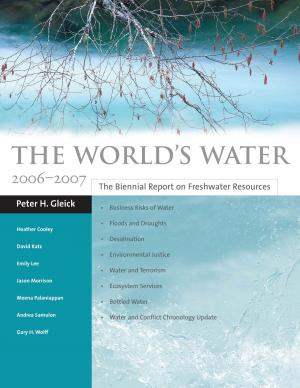Restoring Neighborhood Streams
Planning, Design, and Construction
Nonfiction, Science & Nature, Nature, Environment, Rivers, Science, Biological Sciences, Environmental Science, Environmental Conservation & Protection| Author: | Ann L. Riley | ISBN: | 9781610917414 |
| Publisher: | Island Press | Publication: | July 12, 2016 |
| Imprint: | Island Press | Language: | English |
| Author: | Ann L. Riley |
| ISBN: | 9781610917414 |
| Publisher: | Island Press |
| Publication: | July 12, 2016 |
| Imprint: | Island Press |
| Language: | English |
Thirty years ago, the best thinking on urban stream managemprescribed cemas the solution to flooding and other problems of people and flowing water forced into close proximity. Urban streams were perceived as little more than flood control devices designed to hurry water through cities and neighborhoods with scant thought for aesthetics or ecological considerations. Stream restoration pioneers like hydrologist Ann Riley thought differently. She and other like-minded field scientists imagined that by restoring ecological function, and with careful management, streams and rivers could be a net benefit to cities, instead of a net liability. In the intervening decades, she has spearheaded numerous urban stream restoration projects and put to rest the long-held misconception that degraded urban streams are beyond help.
What has been missing, however, is detailed guidance for restoration practitioners wanting to undertake similar urban stream restoration projects that worked with, rather than against, nature. This book presents the author's thirty years of practical experience managing long-term stream and river restoration projects in heavily degraded urban environments. Riley provides a level of detail only a hands-on design practitioner would know, including insights on project design, institutional and social context of successful projects, and how to avoid costly and time-consuming mistakes. Early chapters clarify terminology and review strategies and techniques from historical schools of restoration thinking. But the heart of the book comprises the chapters containing nine case studies of long-term stream restoration projects in northern California. Although the stories are local, the principles, methods, and tools are universal, and can be applied in almany city in the world.
Thirty years ago, the best thinking on urban stream managemprescribed cemas the solution to flooding and other problems of people and flowing water forced into close proximity. Urban streams were perceived as little more than flood control devices designed to hurry water through cities and neighborhoods with scant thought for aesthetics or ecological considerations. Stream restoration pioneers like hydrologist Ann Riley thought differently. She and other like-minded field scientists imagined that by restoring ecological function, and with careful management, streams and rivers could be a net benefit to cities, instead of a net liability. In the intervening decades, she has spearheaded numerous urban stream restoration projects and put to rest the long-held misconception that degraded urban streams are beyond help.
What has been missing, however, is detailed guidance for restoration practitioners wanting to undertake similar urban stream restoration projects that worked with, rather than against, nature. This book presents the author's thirty years of practical experience managing long-term stream and river restoration projects in heavily degraded urban environments. Riley provides a level of detail only a hands-on design practitioner would know, including insights on project design, institutional and social context of successful projects, and how to avoid costly and time-consuming mistakes. Early chapters clarify terminology and review strategies and techniques from historical schools of restoration thinking. But the heart of the book comprises the chapters containing nine case studies of long-term stream restoration projects in northern California. Although the stories are local, the principles, methods, and tools are universal, and can be applied in almany city in the world.
